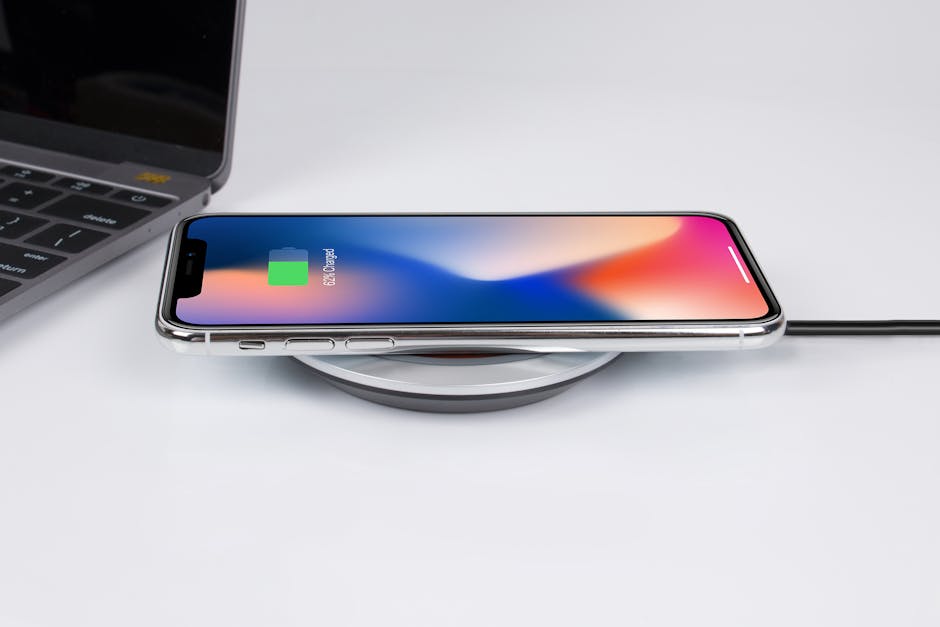
The Pros and Cons of Always on Display: Is it Worth it?
Exploring the Benefits and Drawbacks of Always on Display Feature
Always-on display (AOD) is a feature found in many modern smartphones that allows the screen to remain partially active even when the device is locked. This feature provides users with constant access to important information such as time, date, notifications, and more without the need to unlock the phone. While AOD offers convenience, it also has its drawbacks. In this article, we will delve into the advantages and disadvantages of Always on Display to help you decide if it's the right choice for you.
In a world where smartphones have become an indispensable part of our lives, features like Always on Display offer convenience and functionality. However, it's essential to weigh the benefits against the potential downsides before deciding whether to use this feature on your device.
Pros
Always on Display offers several advantages that enhance the user experience and provide convenience. Here are some compelling reasons to consider using this feature:
Missing a pro?
Cons
While Always on Display offers notable benefits, it also has potential drawbacks that users should take into account. Here are some factors to consider before fully embracing this feature:
Missing a con?
Conclusion
Always on Display offers undeniable convenience and functionality, but it also comes with potential trade-offs that users should carefully consider. By weighing the advantages and disadvantages, individuals can make an informed decision about whether to activate this feature based on their specific needs and preferences.
What do you think?
Do you think the pros outweigh the cons?






